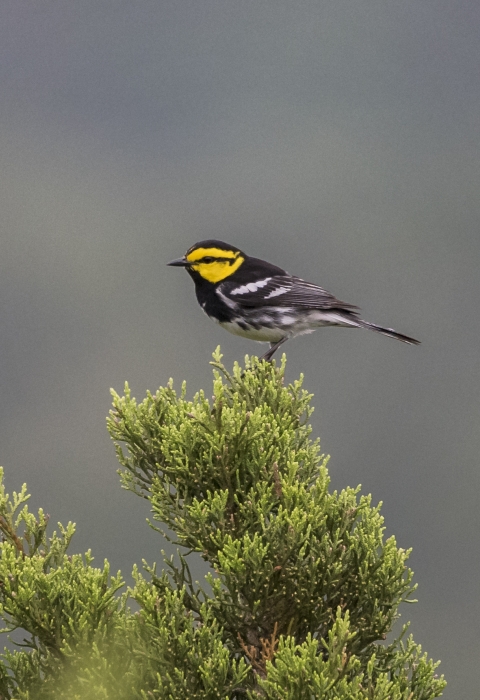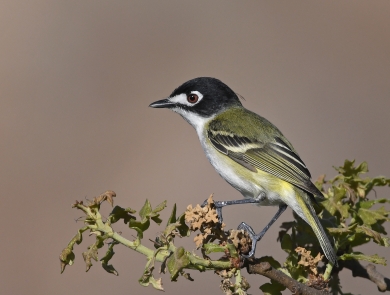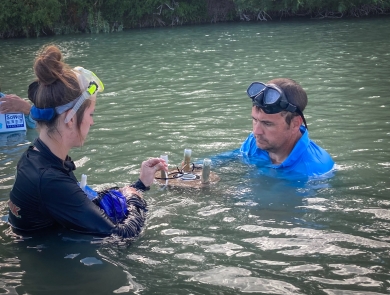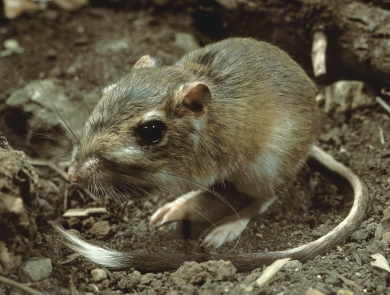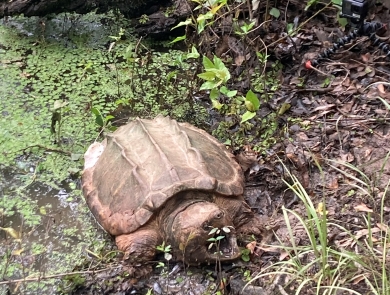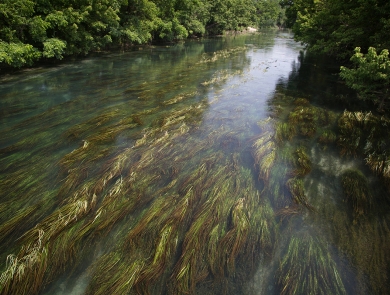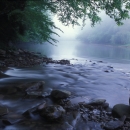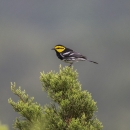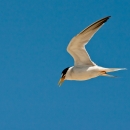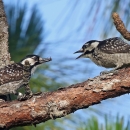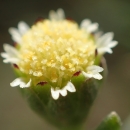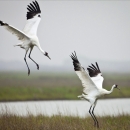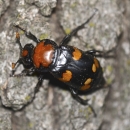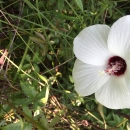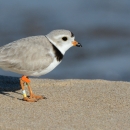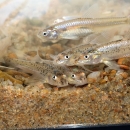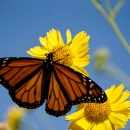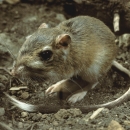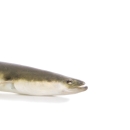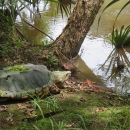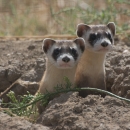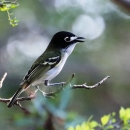About Us
The Texas Coastal and Central Plains Ecological Field Office Fort Worth Sub-office (formerly known as the Arlington, Texas, Ecological Services Field Office) works to promote the Service’s mission to conserve and protect wildlife across north Texas. Originally established in 1950 in Fort Worth, the office is currently located in Fort Worth, with satellite offices in Lubbock and Nacogdoches. In 2023, the Arlington, Texas, Ecological Services Field Office was absorbed by the Texas Coastal Ecological Services Field Office as a sub-office. We provide assistance to federal and state agencies, local governments, businesses, and the general public to conserve, protect, and restore habitat for migratory birds and species listed threatened and endangered under the Endangered Species Act.
What We Do
The vision of the Texas Coastal and Central Plains Ecological Services Field Office Fort Worth Sub-office is to ensure healthy, abundant, and sustainable populations of fish, wildlife, and plants in North Texas, with an emphasis on recovery of species listed as threatened or endangered on the Endangered Species Act of 1973. We strive to conserve and protect species and their habitats for future generations through science-based decision-making and with the continued support and collaboration from our partners.
Our Organization
Our Species
The Texas Coastal and Central Plains Ecological Services Field Office Fort Worth Sub-office works to protect and recover our nation’s most imperiled species. Our efforts encompass a variety of species, including migratory birds, lesser prairie chicken, black-capped vireo, red-cockaded woodpecker, Arkansas River shiner, sharpnose shiner, smalleye shiner, Louisiana pigtoe, Texas heelsplitter, alligator snapping turtle, Texas kangaroo rat, and Geocarpum minimum (rare plant).
Get Involved
The Texas Coastal and Central Plains Ecological Services Field Office Fort Worth Sub-office frequently works with individual citizens, schools, local communities, public and private organizations, and state and other federal agencies. Please reach out to our office to find out more about these programs or to see how you can get involved!
